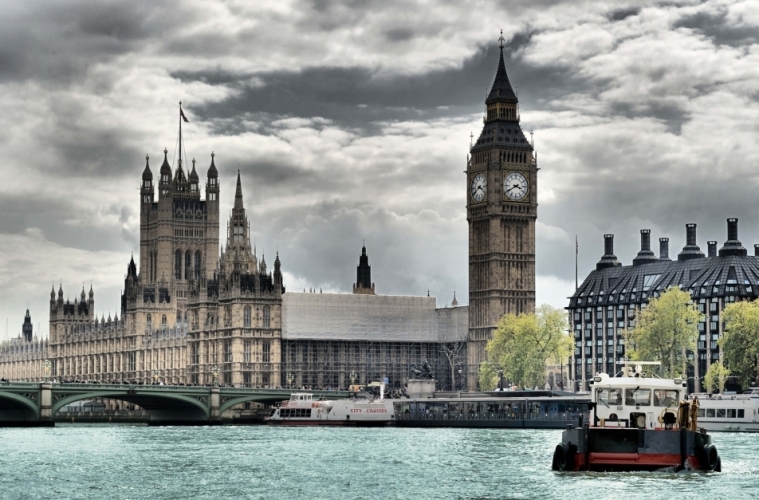Last night’s Federal Reserve meeting was noticeable in its lack of news. Some commentators had blown the importance of this month’s policy decision up to almost a similar level as December’s. There were no rate hikes last night and only a little more thought worth commenting on.
The investment landscape has become a lot more volatile since December 16th. The Fed maintained that “the Committee is closely monitoring global economic and financial developments and is assessing their implications for the labour market and inflation, and for the balance of risks to the outlook.”
Inflation, driven into the floor by oil prices and the strong dollar, is dramatically below target and will need to be brought higher if there is any chance of the Fed raising rates an additional three or four times this year as December’s ‘dot chart’ had shown.
Dollar weakened after the announcement slightly, mainly against the euro and yen. Unfortunately sterling was not able to take advantage as holders of the pound gradually sold it through the session. Some of that may have been down to a gradual weakening of risky assets, but I would not be surprised if this morning’s GDP announcement also had a bearing.
The announcement is from the fourth quarter of last year and with it will come more questions than answers. Markets are looking for GDP to have increased by 0.5% in the three months until the end of the year and by 1.9% through the entirety of 2015. These are solid but not spectacular numbers, and it is the make-up of UK growth that is most important for the likely sterling reaction.
If we look at the PMI surveys through the past few years and their relationship to GDP it is very clear that it is the services sector that is driving UK growth.
Thankfully service growth was strong in Q4 and could make up all 0.5% of the expansion that the market is looking for.
The sterling reaction
GBP is currently rebuilding from the multiyear lows in GBPUSD and similar large falls across the board; a decent number today will help bring sterling ever higher.
Last week we moved our expectations of when the Bank of England will begin to raise interest rates from May of this year to November and although GDP is a rather backward looking indicator, a number that suggests economic strength is not failing will assuage some concerns.
I think there is a decent chance that GBP could bounce back pretty handily in the coming weeks against the euro. Draghi’s press conference at last week’s European Central Bank meeting was a polite reminder that the ECB will attempt to wrestle back control of the inflation picture in the coming quarters and that a weaker euro is a welcome by product.
Against the dollar, the situation may be slightly more difficult although GBPUSD is oversold according to technical and sentiment indicators and a quieting of the oil and China situations will help sterling repair.


